The modernization of a mid-century Midtown Manhattan office tower features a new façade intended to improve occupant comfort and reduce energy consumption. The building, at 666 Fifth Avenue, was originally designed by Carson & Lundin.
First opened in November 1957 when it was considered cutting-edge, the original façade of the 500-foot-tall modernist skyscraper was highly inefficient by today’s energy efficiency standards. Using an early version of a semi-unitized curtain wall, the old façade featured units with punched aluminum panels on the bottom and a single glass pane on top. This was advantageous in its light weight, but yielded poor energy efficiency. The project team chose a full reskinning as the best option to upgrade the aging building.
The new façade features the largest single-pane units ever used on an office development in New York City, according to a blog post at KPF.com. These large panes created efficiencies in construction, logistics, and structural detailing. Panel fabricators used a single cut, yielding only minimal waste when producing each unit. Situated inside a four-sided shadowbox, the panels span the full width between columns and the full height between floors. This approach tripled the window area, bringing in plentiful daylight for tenants.
Other improvements on the 1.2 million-sf office tower include:
- Mechanical upgrades for high-efficiency heating and air systems that draw in greater quantities of fresh air.
- A reconstructed lobby with modernized elevators that will support a retail space.
- Numerous columns and low ceilings were eliminated from office floors to maximize interior space.
- Some units offer double-height spaces and interconnected floors, taking advantage of the building’s wide range of floor plate sizes.
- Designers used existing massing—a podium and tower interspersed with multiple setbacks—to create exterior terraces at multiple levels on three sides.
“One of the important aspects of an adaptive reuse project is finding the existing value in a building, and identifying areas that can create more desirable space for users," said KPF Principal Lauren Schmidt, AIA, LEED AP BD+C. "The existing façade at 660 Fifth Avenue was one of the first curtain wall systems when it was built in the 1950s and very modern at the time, but it had limitations in terms of thermal and acoustical insulation, as well as small windows. We approached the façade as a clean slate and proposed opening it up completely with units that would span column to column. This, in a sense, allowed the columns to disappear and create open views. It was a great opportunity to propose something that was perhaps considered atypical, but actually, as we worked through the logistics of it, made sense for a number of reasons and was highly efficient.”
On the team:
Client: Brookfield Properties
Design Architect (full services): Kohn Pedersen Fox (KPF)
MEP Engineer: Cosentini Associates
Structural Engineer: Gilsanz Murray Steficek (GMS)
General contractor: Turner Construction
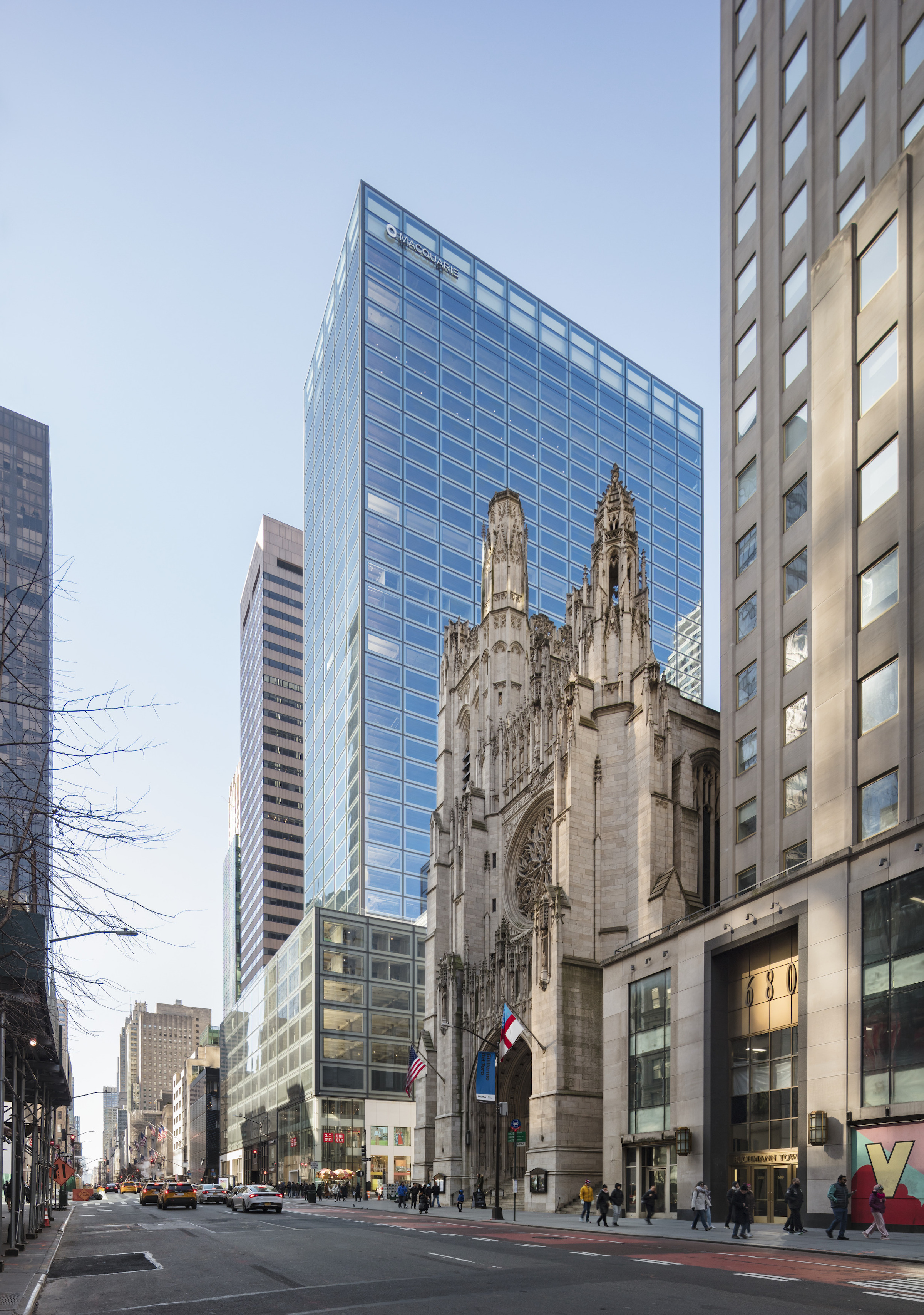

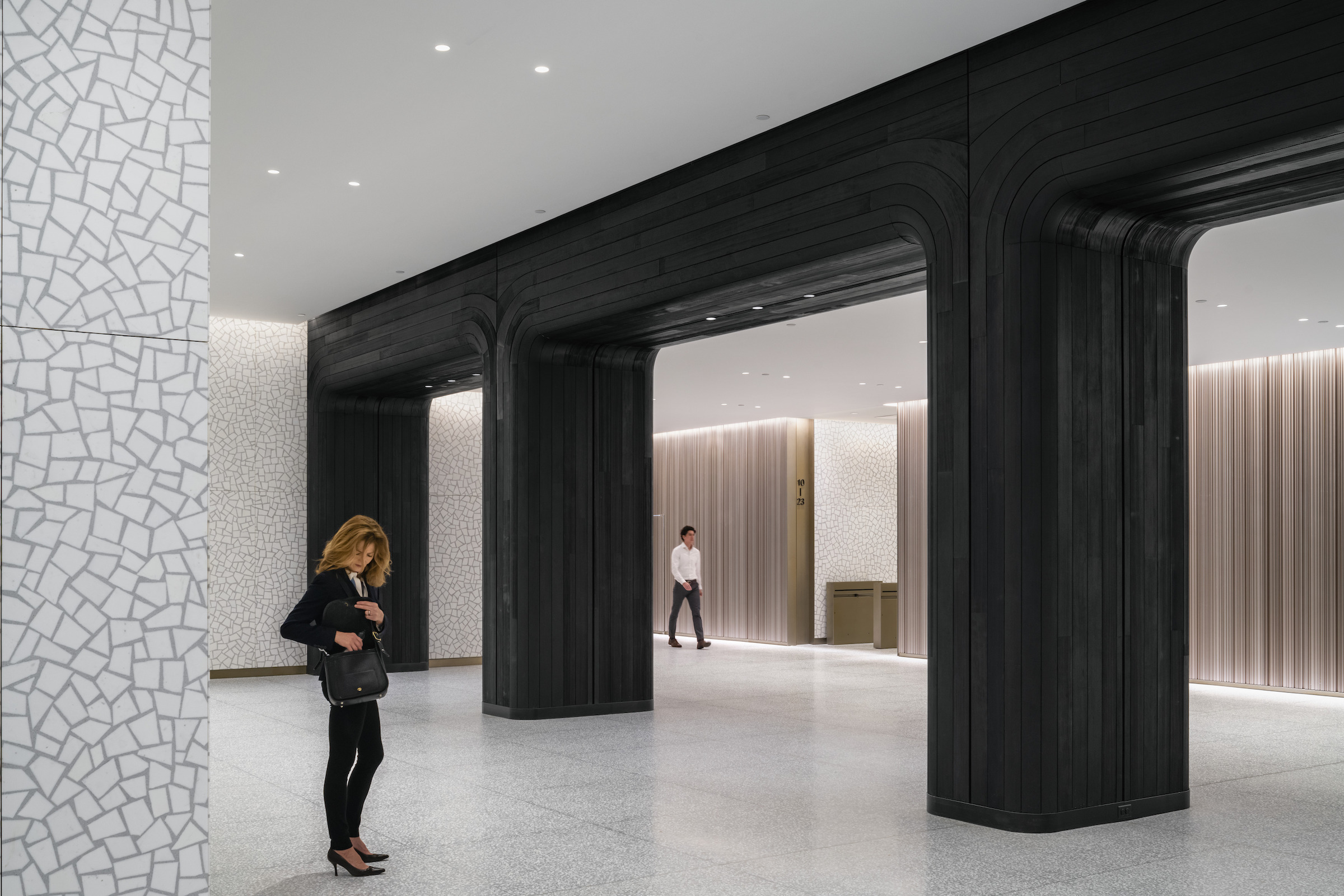
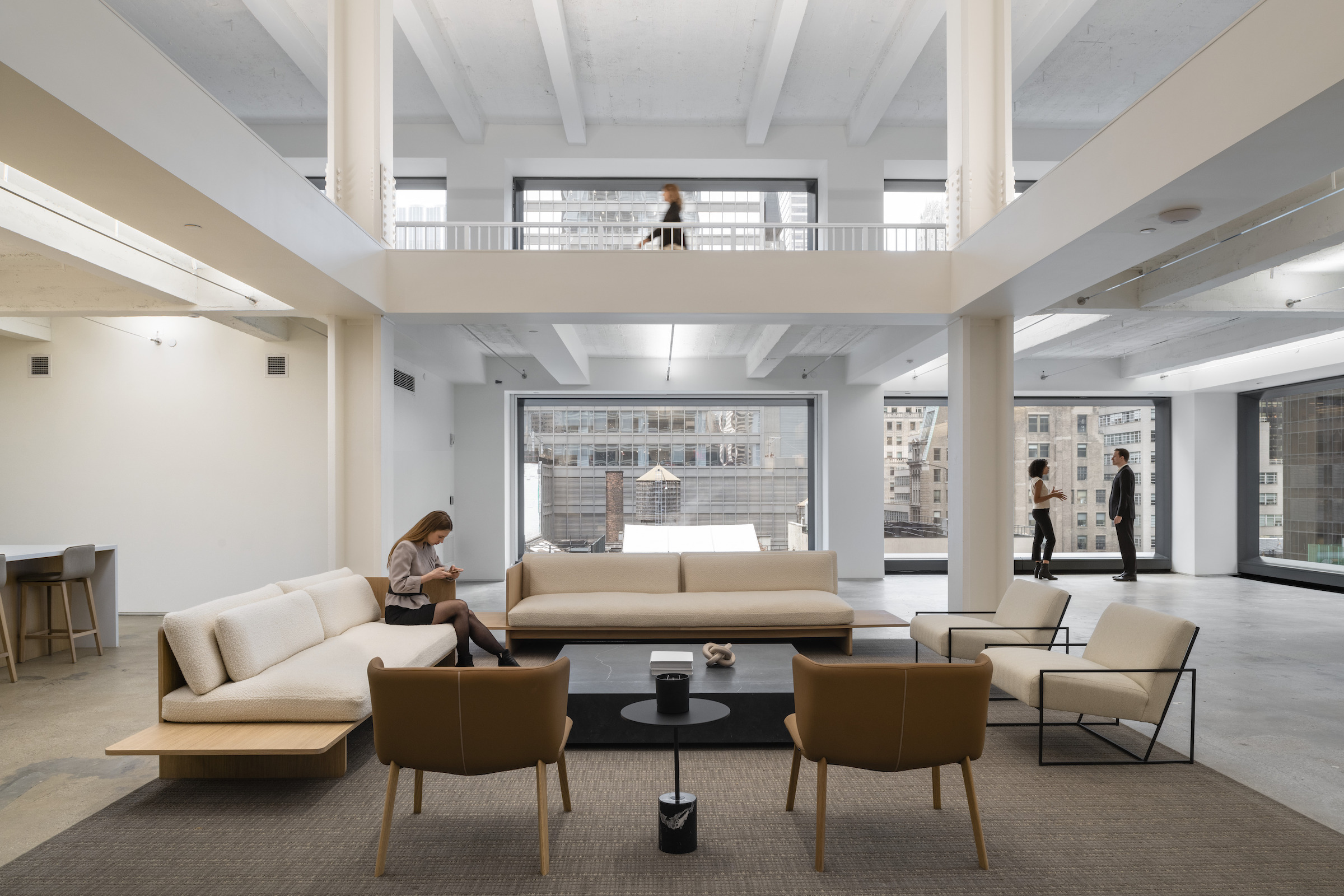
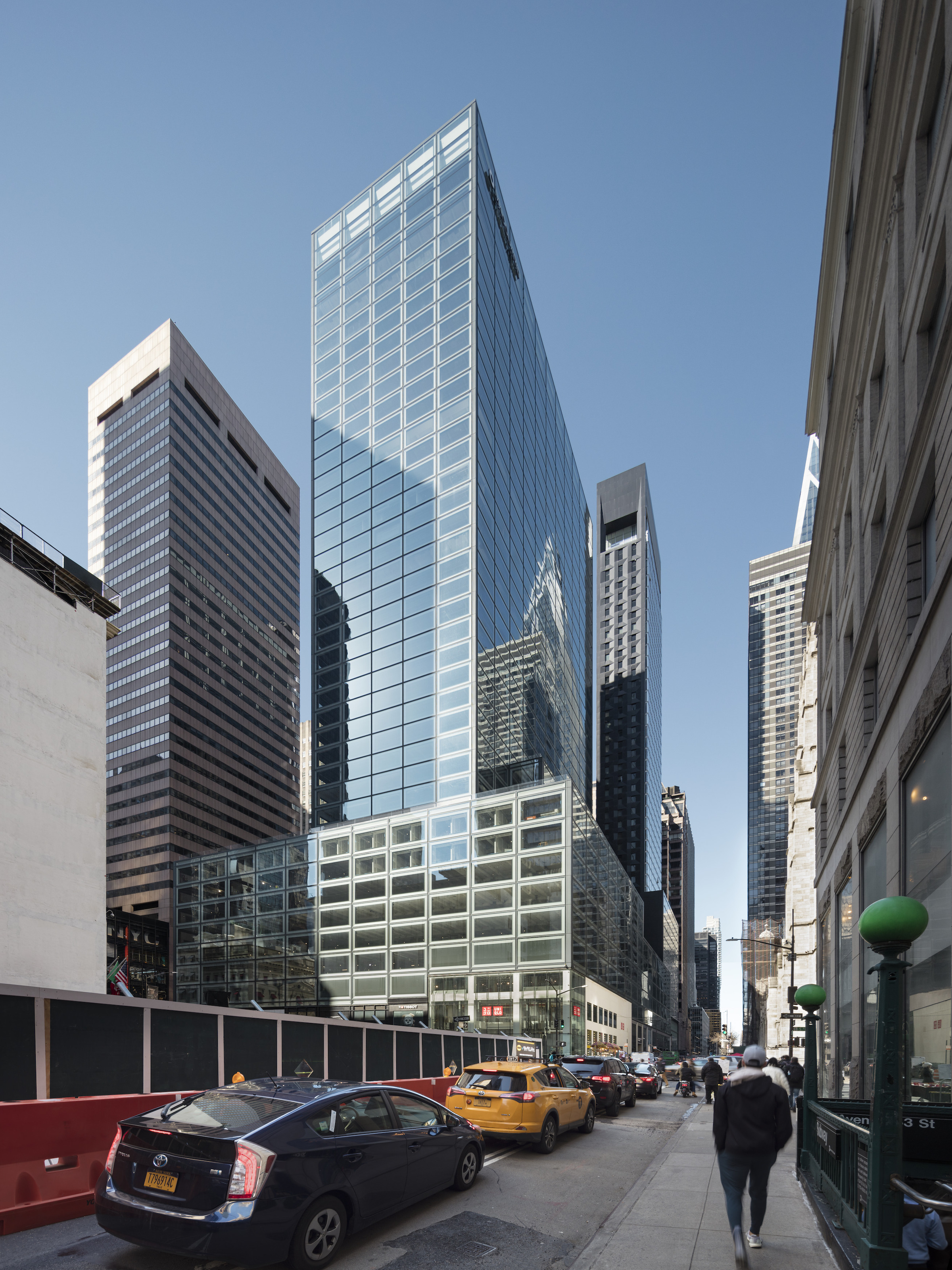
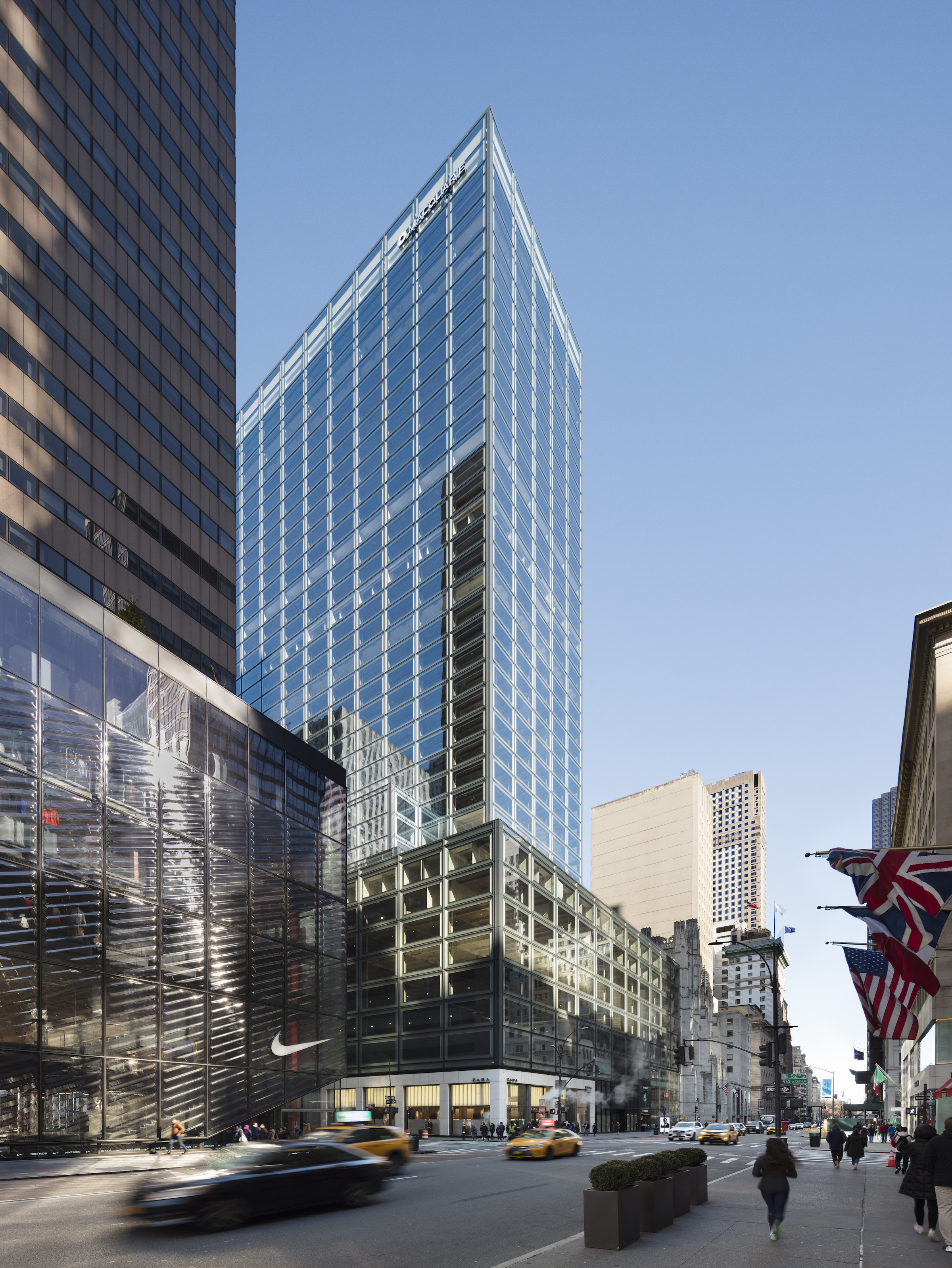
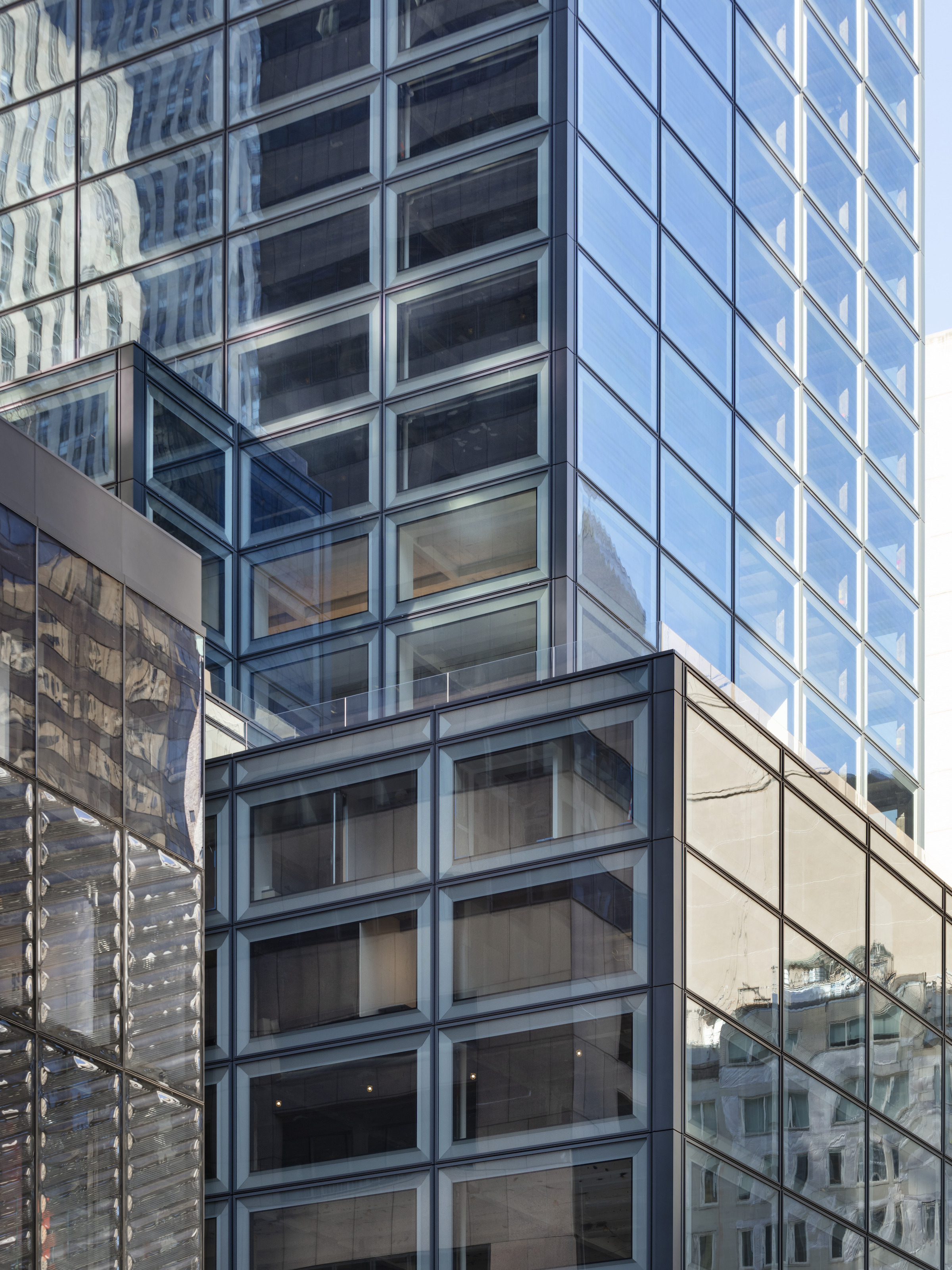
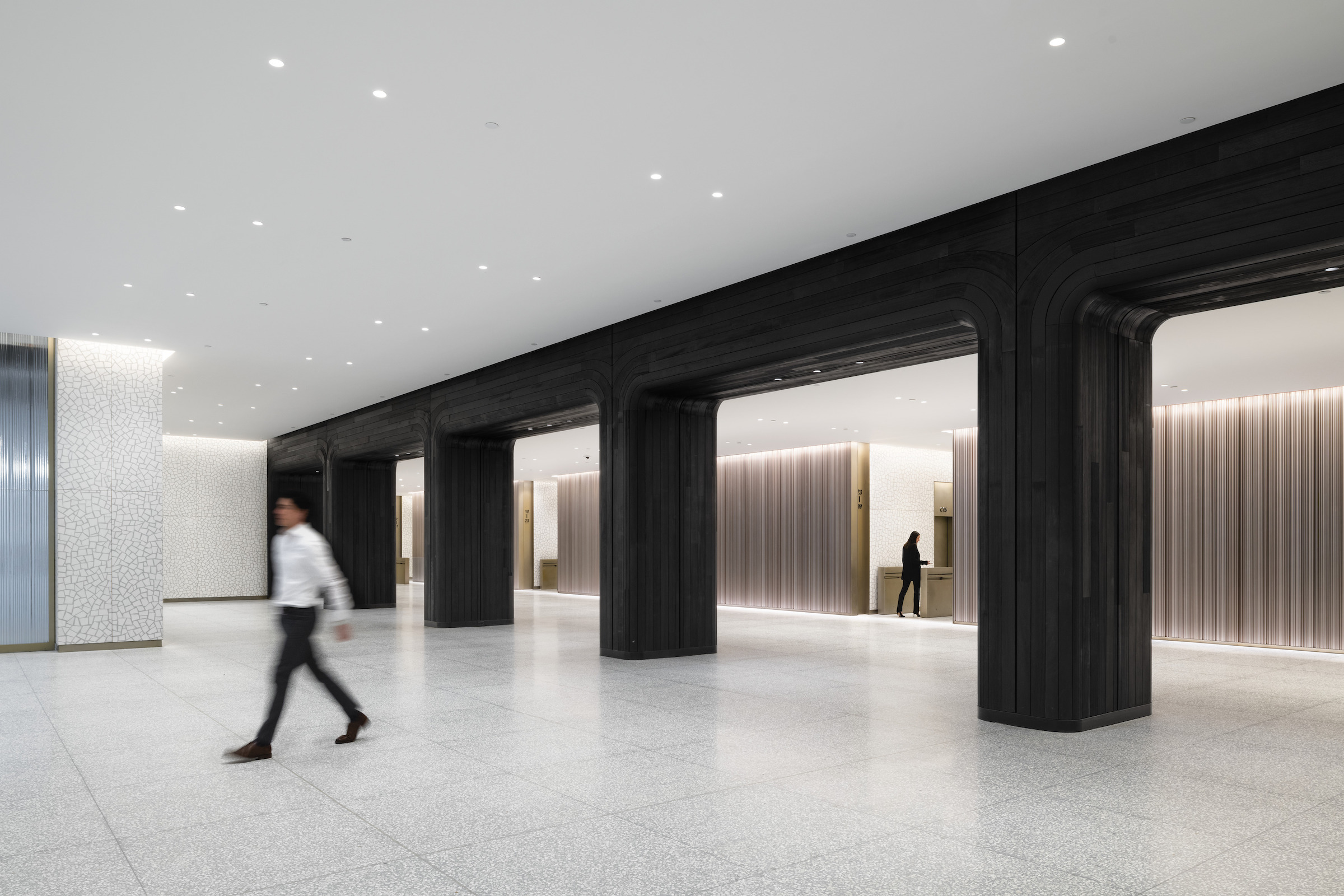

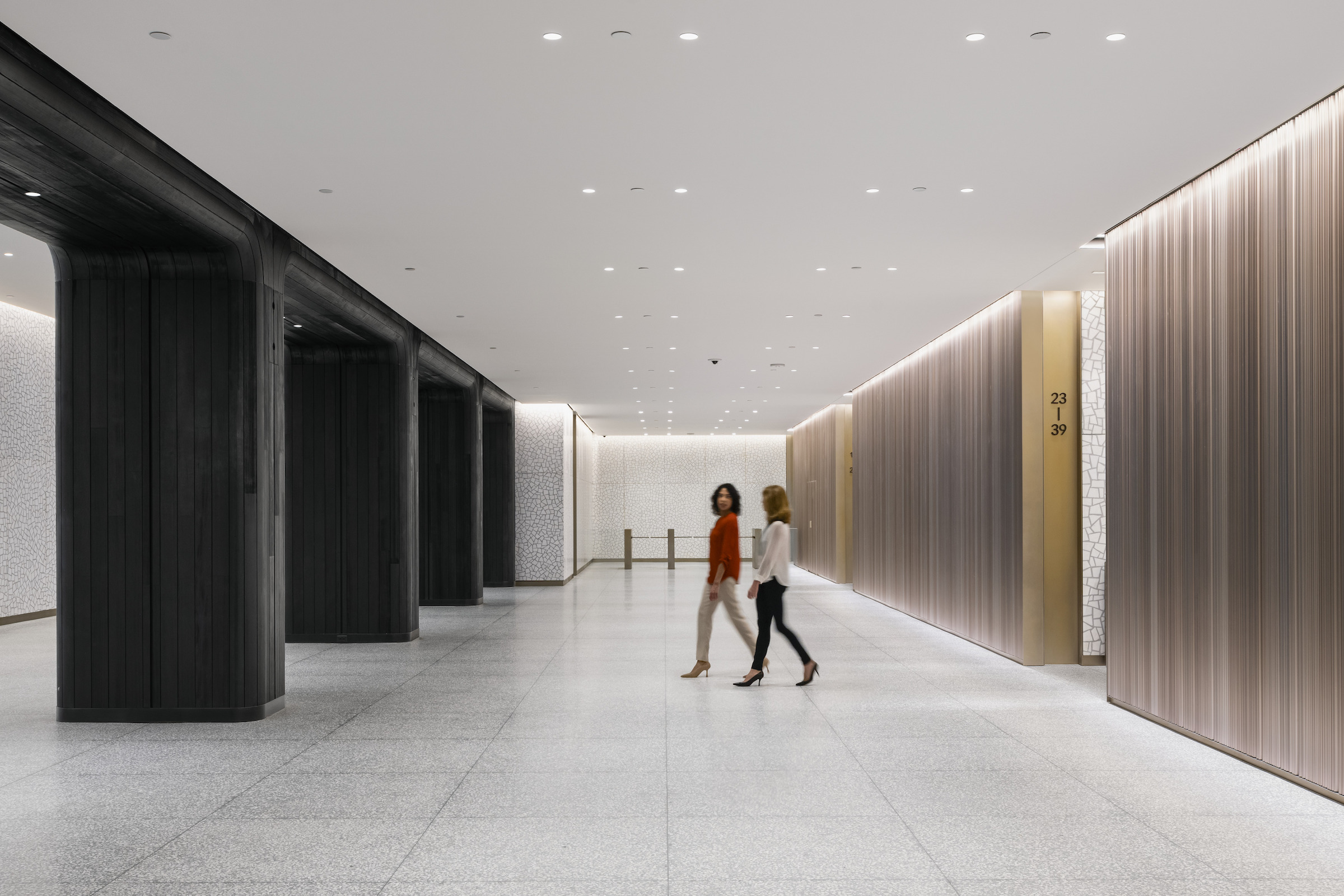
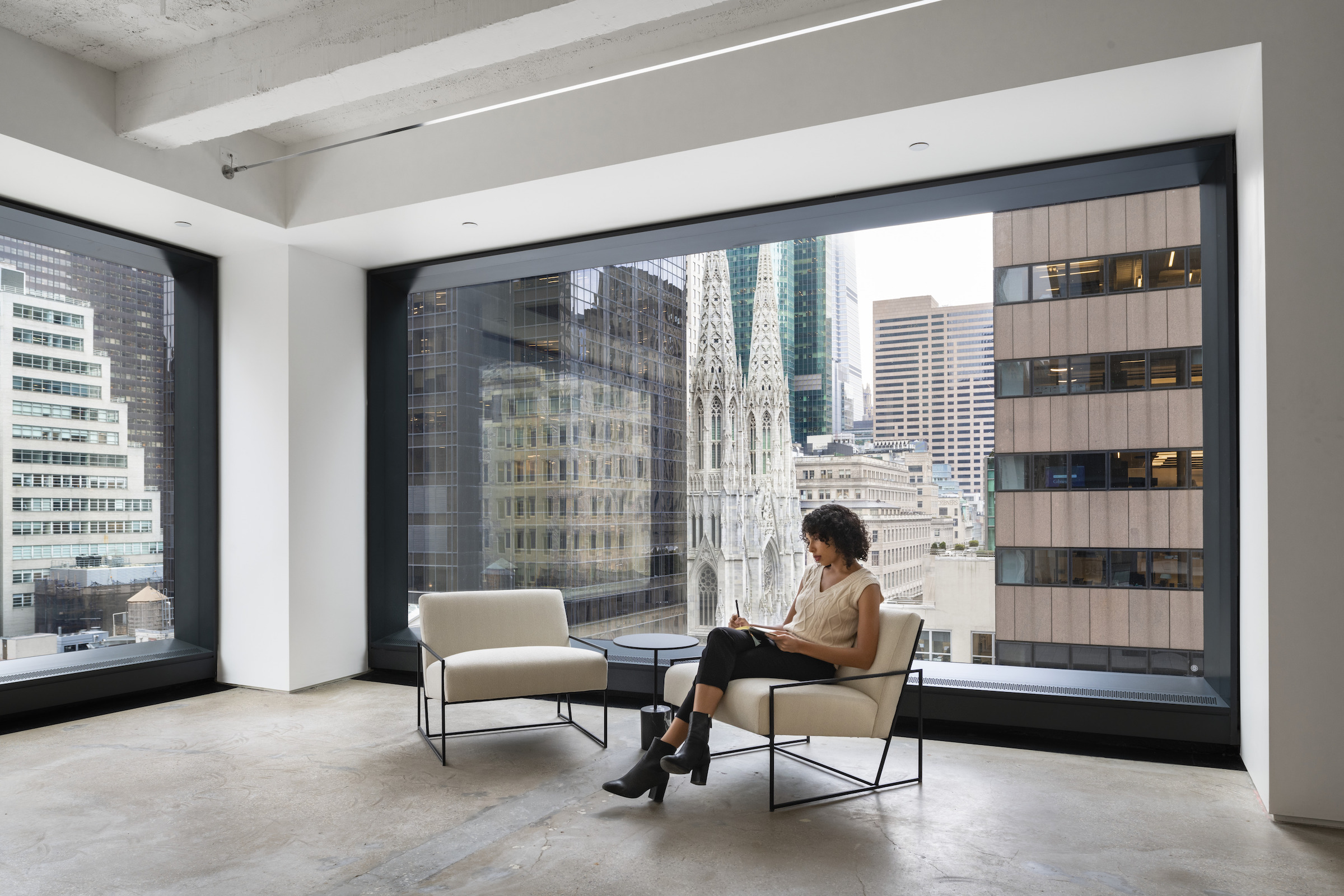
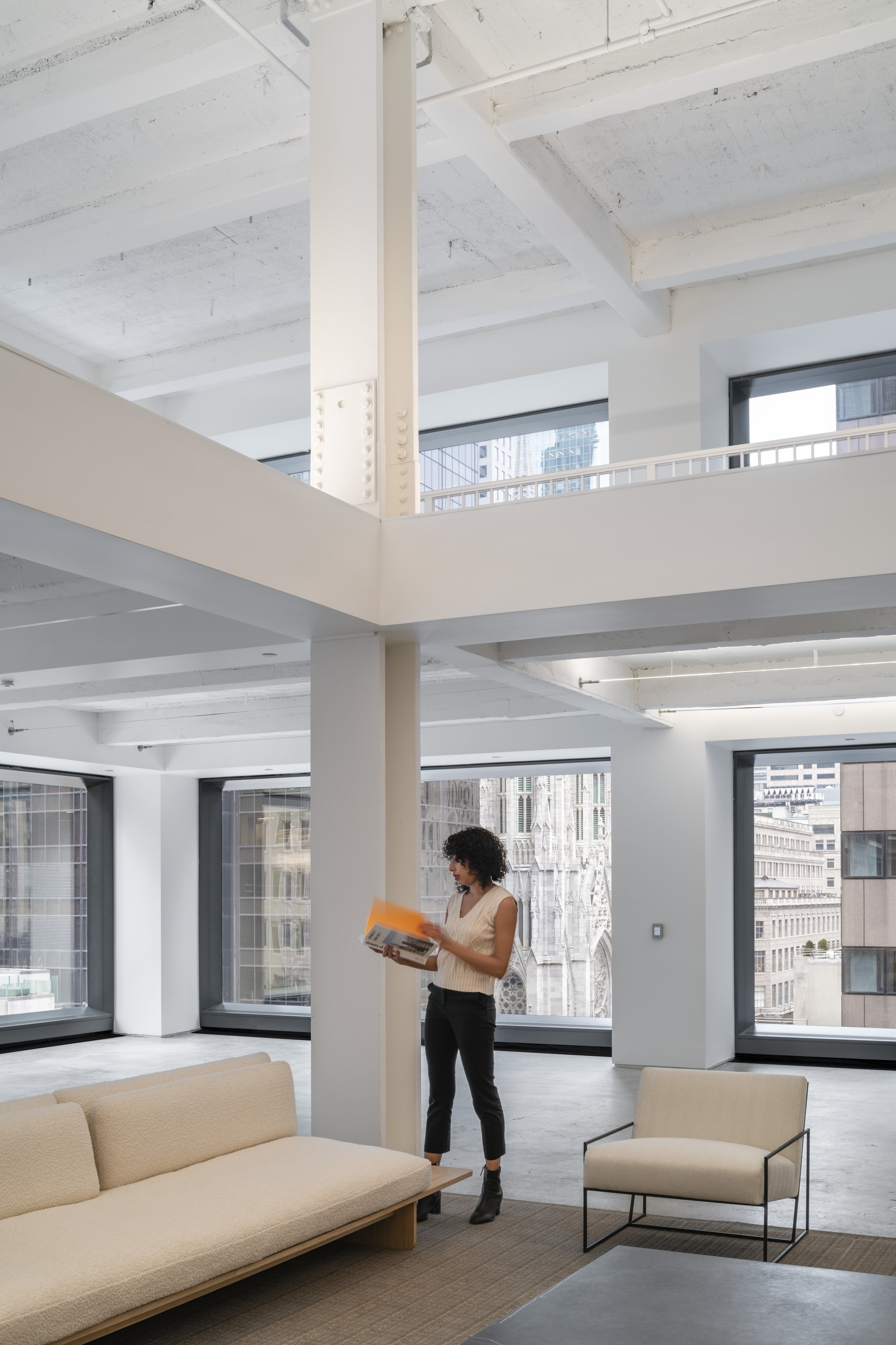
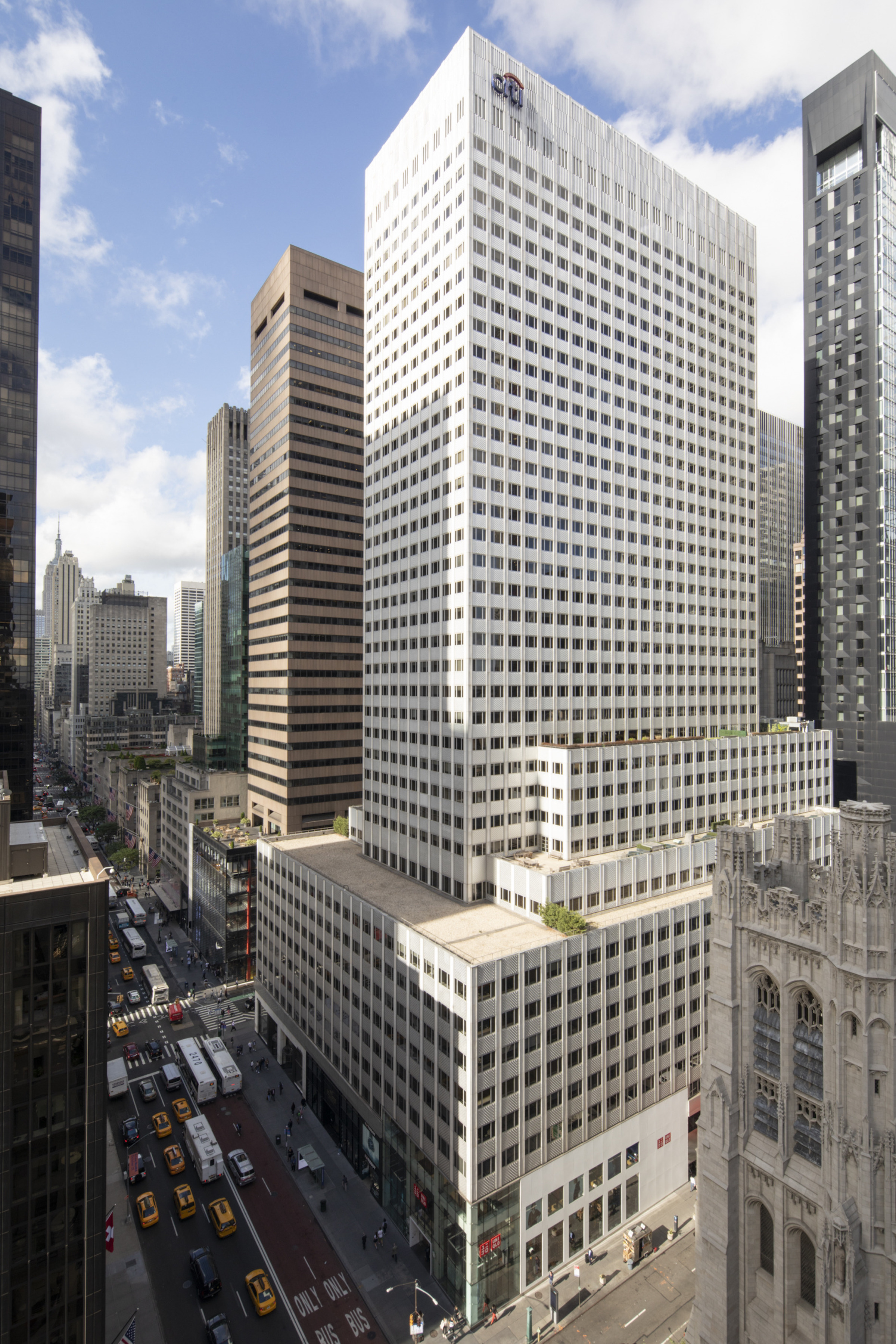
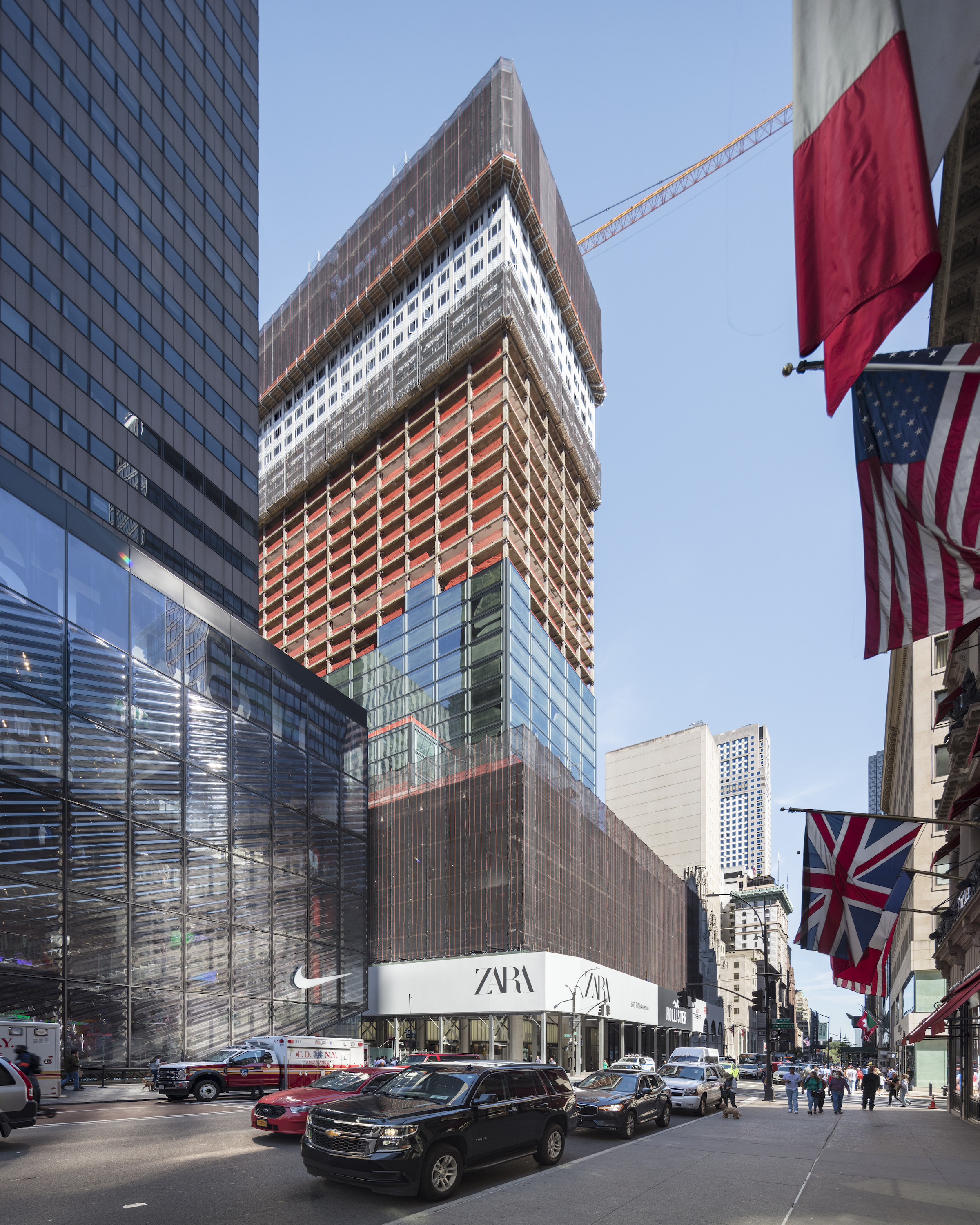
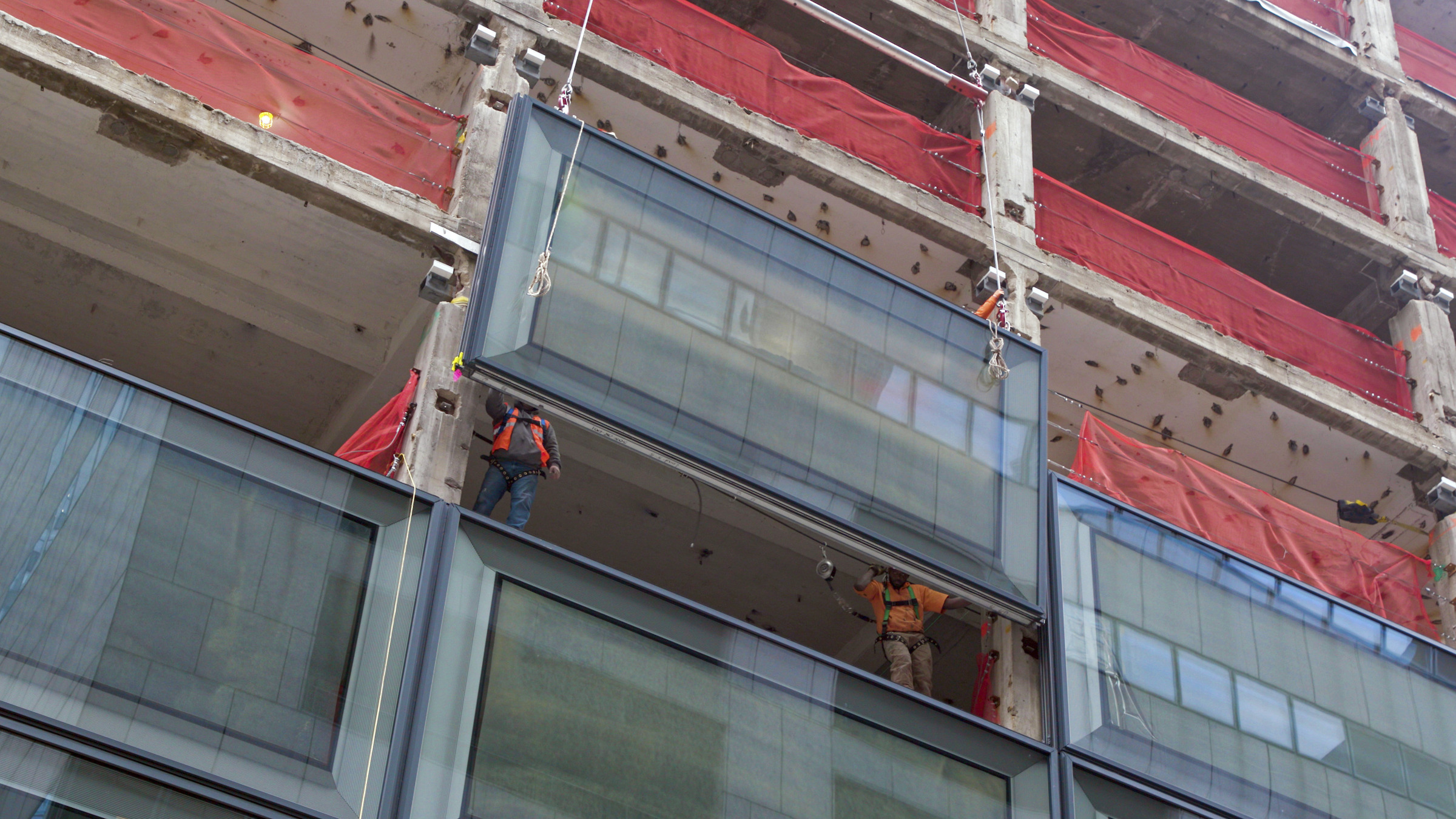
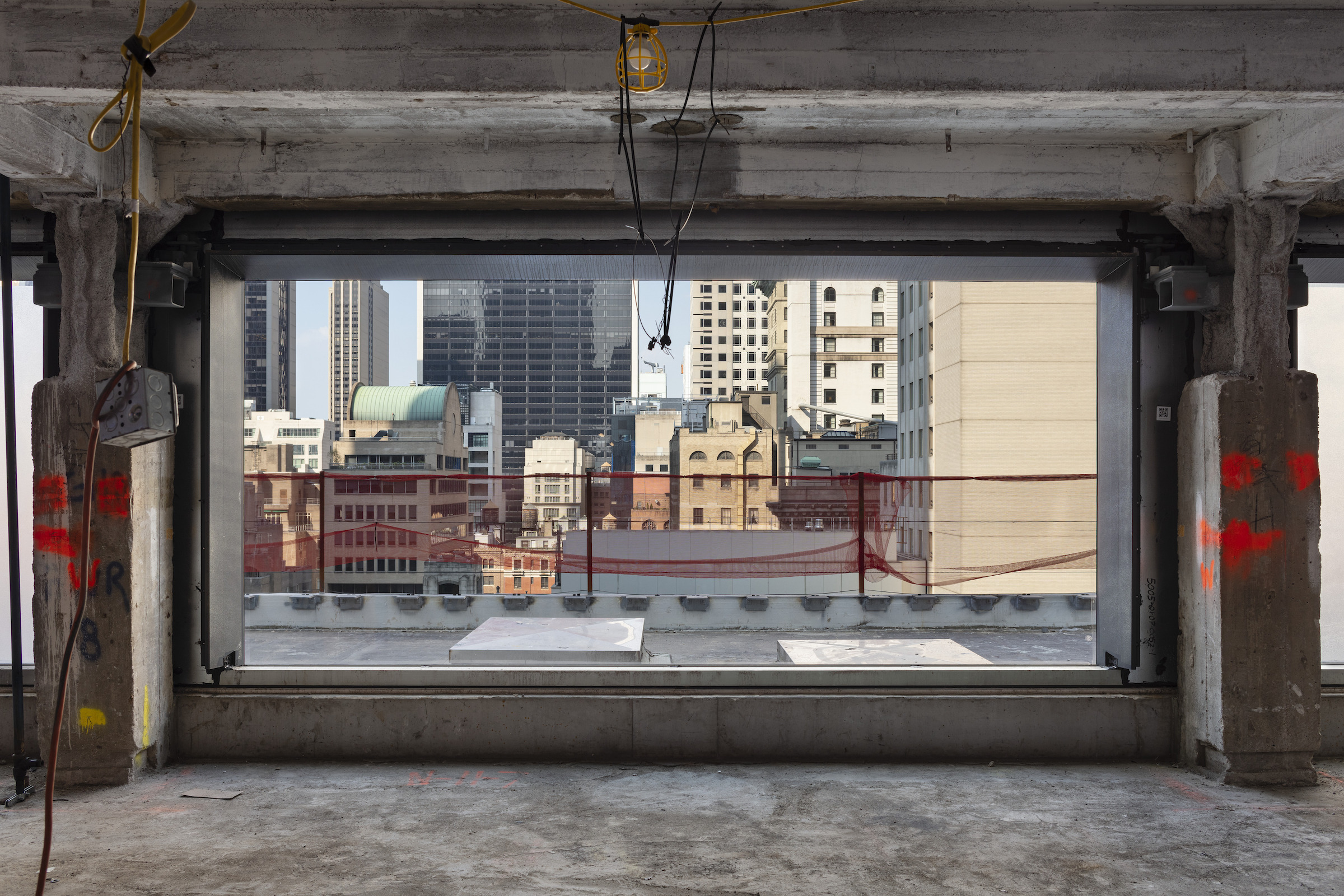
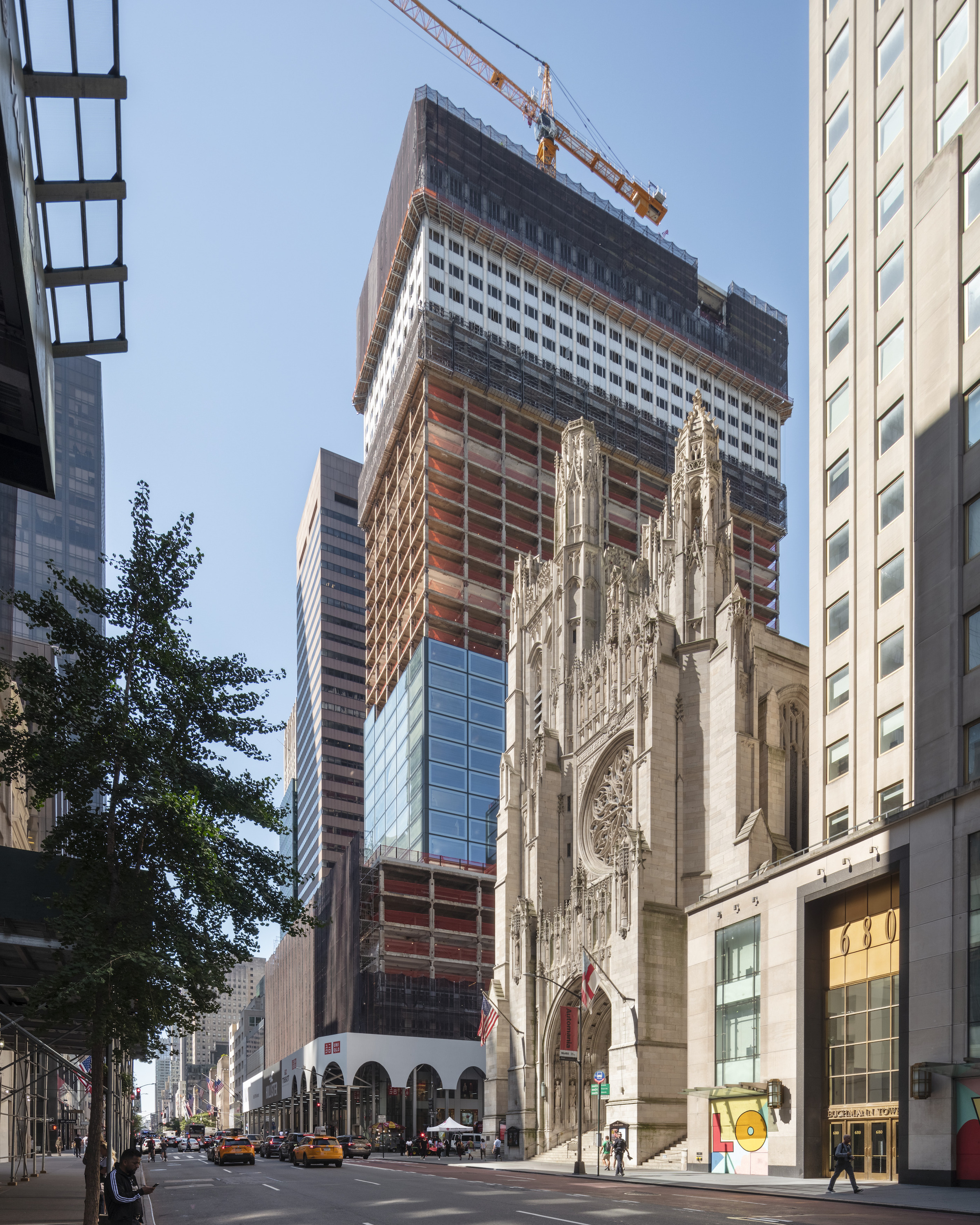
Related Stories
| Oct 21, 2013
University of Queensland’s net-zero building features biomimicry-based design
University of Queensland’s Global Change Institute (GCI) building in Australia showcases on-site solar energy sources, biomimicry-based design features, and the first structural use of low-carbon concrete in the country.
| Oct 18, 2013
Meet the winners of BD+C's $5,000 Vision U40 Competition
Fifteen teams competed last week in the first annual Vision U40 Competition at BD+C's Under 40 Leadership Summit in San Francisco. Here are the five winning teams, including the $3,000 grand prize honorees.
| Oct 18, 2013
Researchers discover tension-fusing properties of metal
When a group of MIT researchers recently discovered that stress can cause metal alloy to fuse rather than break apart, they assumed it must be a mistake. It wasn't. The surprising finding could lead to self-healing materials that repair early damage before it has a chance to spread.
| Oct 18, 2013
Sustainability expert: Smart building technology can have quick payback
Smart building technology investments typically pay for themselves within one or two years by delivering energy savings and maintenance efficiencies.
| Oct 14, 2013
How to leverage workplaces to attract and retain top talent
Just about every conversation I have related to employee attraction and retention tends to turn into an HR sounding discussion about office protocols, incentives, and perks. But as a workplace strategist, I need to help my clients make more tangible links between their physical workplace and how it can be leveraged to attract and retain top talent. Here are some ideas.
| Oct 10, 2013
Carnegie Mellon study looks at impact of dashboards on energy consumption
A recent study by Carnegie Mellon took a look at the impact of providing feedback in an energy dashboard form to workers and studying how it impacted overall energy consumption.
| Oct 9, 2013
SOM gets second crack at iconic modernist structure in New York
More than 50 years after SOM completed the Manufacturers Hanover Trust building, the firm is asked to restore and modernize the space.
| Oct 7, 2013
Nation's first glass curtain wall exterior restored in San Francisco
The Hallidie Building's glass-and-steel skin is generally recognized as the forerunner of today’s curtain wall facilities.
| Oct 7, 2013
10 award-winning metal building projects
The FDNY Fireboat Firehouse in New York and the Cirrus Logic Building in Austin, Texas, are among nine projects named winners of the 2013 Chairman’s Award by the Metal Construction Association for outstanding design and construction.
| Oct 2, 2013
Corporate HQ in 10 months made possible with BIM coordination
An integrated Building Team uses BIM/VDC to convert a 1940s-era industrial building into a flashy new headquarters for Hillshire Brands in a matter of months.

















